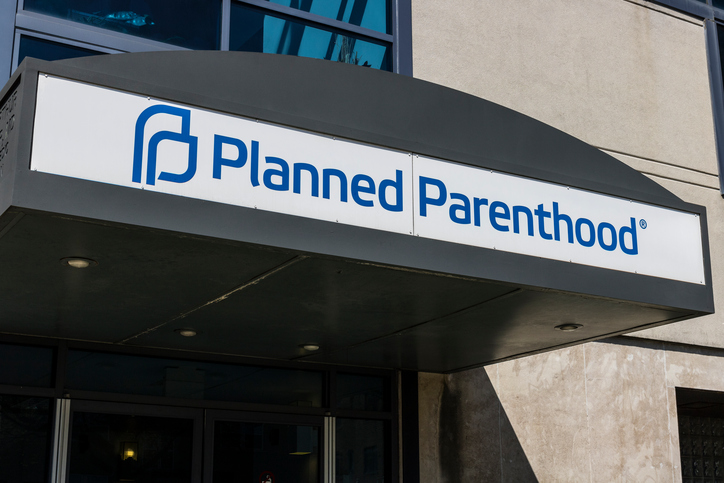May 31, 2018
The Attack on Title X - Free to Do What?
Staff Attorney for Judicial Strategy at the Center for Reproductive Rights

What does liberty mean? To some it means freedom from government interference in private life. To others it means having the ability to make choices of all kinds, and the resources to make those choices real.
Over the past few decades, the Supreme Court has attempted to define liberty in cases involving the right to have and raise children; engage in intimate, consensual sexual activity; marry; be free from bodily violations; make decisions about medical treatment; and access abortion and contraception. While the Court’s record has not been perfect—in particular when liberty depends on having resources—running through its jurisprudence is a core principle that has become stronger over time: people are allowed to make choices about all kinds of profound matters, and shaming or impeding their choices is contrary to being free. The Trump Administration’s assault on Title X is just the latest attempt to replace that tradition with something that should have long been put to bed.
Title X is the nation’s only dedicated family planning safety net program. It serves more than 4 million low-income, uninsured, LGBT, rural, and young people across the country and provides vital family planning and preventive care, such as birth control, cancer screenings, and testing for sexually transmitted infections.
The changes to Title X that the Trump Administration proposed last week target the very premise of family planning, which is that people need access to full, accurate, non-biased medical information to help them prevent pregnancy or to get pregnant when they choose. Yet, among other things, the proposed rule would allow some grant recipients to offer only a single method of birth control, which can include “natural” methods that involve tracking menstrual cycles but do not prevent pregnancy in any other way than abstaining from sex.
Beyond family planning, the proposed rule meddles with health care that is not even part of the program. Title X does not provide funding for abortion. For decades, this exclusion has been properly construed to mean that a Title X recipient must maintain full financial separation between its Title X services and any abortion services it provides. This bright-line rule has ensured that no Title X money is spent on abortions.
Nonetheless, the new rule would require any recipient of Title X funding that also provides abortions to additionally maintain separate physical facilities, along with separate staff, health and accounting records, and websites and phone numbers. These new requirements are not required by the statute and would present a costly, and perhaps impossible enterprise.
On top of that, the new rule would rescind the requirement that all providers offer pregnant patients “non-directive” counseling about prenatal care, infant care, adoption, and abortion. It replaces this requirement with a statement that Title X recipients cannot “provide, promote, refer for, support, or present abortion as a method of family planning.”
Specifically, the rule would prohibit Title X recipients from referring patients for abortion, unless the patient states that they’ve already decided to have an abortion and directly asks for a referral. But even then, the provider is required to obfuscate by giving that patient a list of health providers, “some, but not all of which also provide abortion, in addition to comprehensive prenatal care,” without specifying which providers perform abortions. Even this bizarre, stigmatizing version of patient care is discretionary: providers who oppose abortion can provide a list that only includes prenatal care providers.
Because of this change, women seeking abortion may find themselves calling anti-abortion “pregnancy centers.” These fake health centers urge women to come in and discuss abortion, but then tell them that abortion is risk-laden and shame them toward carrying their pregnancies to term.
All of which brings us back to the meaning of liberty. A government program that pushes people toward a life-changing outcome they do not want, or have not freely chosen, is the opposite of liberty. And if liberty means having choices, and the resources to make them real—a robust vision that is difficult to achieve—the proposed changes undermine a successful model that has helped millions of people determine their own futures.




